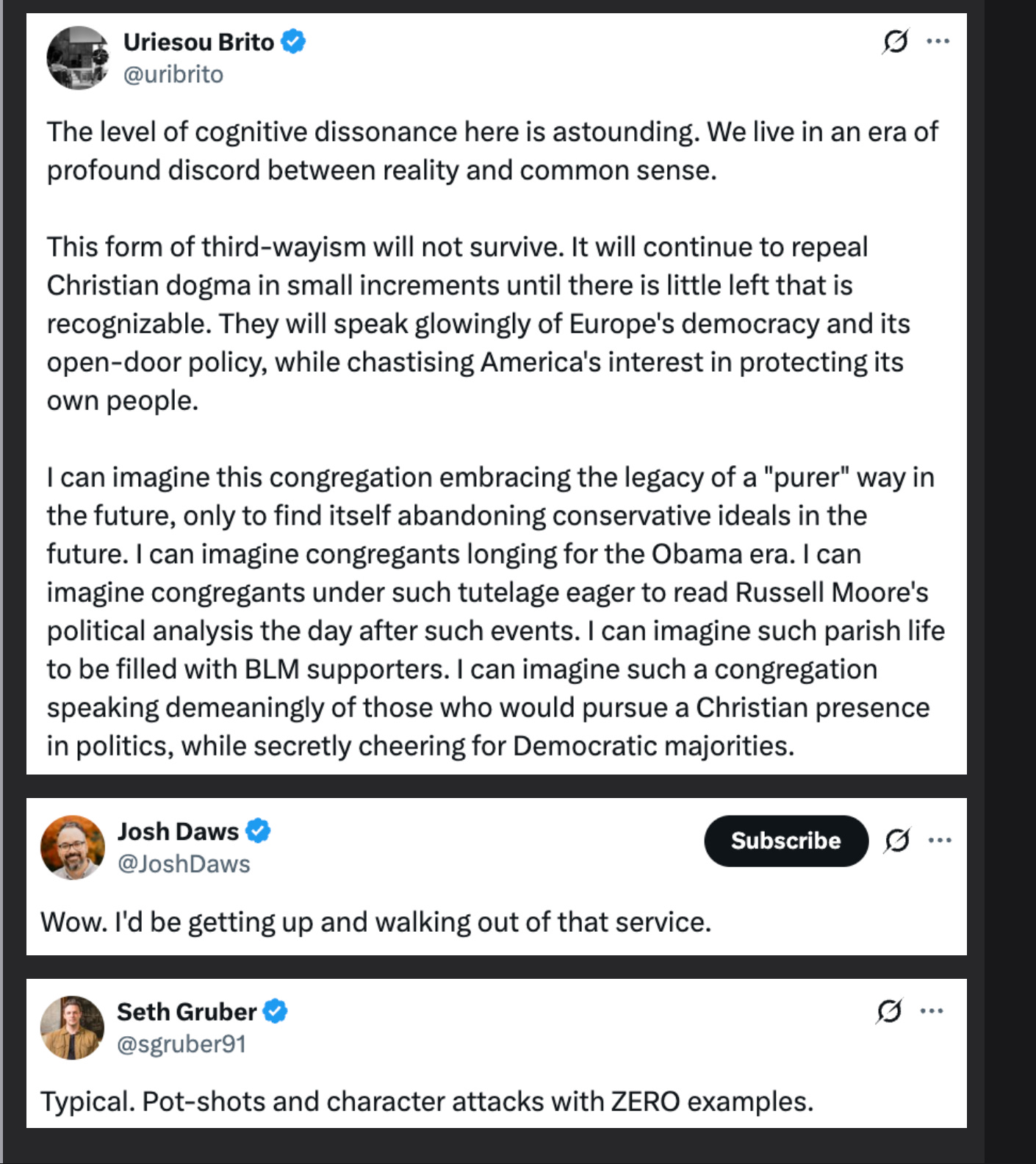A Review of the Magician's Nephew Through Creational Themes & the Wokeness of Third-Wayism in David Platt's World
The question of eating the fruit is never an issue of not eating, but the issue of “when to eat.”
C.S. Lewis displays an incredible appetite for biblical theology in The Magician’s Nephew. In fact, I argue that Lewis reveals a mosaic of Genesis 1-3 in the Narnia series.
In The Magician’s Nephew (henceforth, TMN), Lewis articulates a creation, fall, and redemption overview. The themes intertwine, and the chronology is not as neat as following the first three biblical chapters. Still, they recapitulate the phases through the Witch Jadis, who plays the role of the deceptive serpent, Digory and Polly, who play the roles of Adam and Eve, and Aslan, as the great Father, showing compassion to his new creation.
There is, of course, the addition of Frank and Helen, crowned by Aslan, who may fit biblically as an image of redeemed men and women in Christ, as royal servants of the Aslanic reign. And, it’s hard to pass over Uncle Andrew, who images so clearly the offspring of Satan who find themselves constantly hungering for more foolishness and often fail the Solomonic task of pursuing wisdom. They end up as the mockery of the created world, falling into the ditch they themselves dug. The entire drama serves as an excellent synopsis of redemptive history, setting the Witch and Digory as enemies in the new Garden scene.
The Witch possesses a distaste for the holy. Once she tastes of the apple—a picture of godly wisdom—she despises any association with the glory-cloud of Yahweh. Therefore, she uses her own distaste to seduce Digory into her kingdom by offering him, in satanic fashion, the gift of life for his mother. She seeks to impose on Digory the curse of her fall by providing him with life outside of Aslan’s reign.
In a similar fashion to the events of the wilderness (Matt. 4), the Witch does not offer things undesirable, but the desirable things of the heart. In this case, Digory longed to see his dying mother restored to health but does not fall into the temptation because he treasured the purity of friendship over his own affairs (Phil. 2:3). When the Witch implied that Polly could be left behind, Digory spotted a fatal flaw in the rationale of the wicked: they tempt you with the good by forsaking the ultimate good of human companionship. In TMN, friendship triumphs over evil (Ps. 133).
When Digory embraces the vision of Aslan’s kingdom, he receives courage and insight to fulfill Aslan’s mission. Digory is a successful Solomon who receives everything he desires—the healing of his mother and untold wealth—because he did not desire riches first, but chose instead the kingdom and righteousness (Matt. 6:33).
The question of eating the fruit is never an issue of not eating, but the issue of “when to eat.” In the case of our Lord, the devil’s gifts in the wilderness belonged to Jesus, but it was not the devil’s to dispense, nor was it the time for the Lord to embrace. Only the Father (Aslan) can give those gifts.
The Magician’s Nephew is a presentation of the creation account, with all its intricacies, presented in a marvelous storytelling fit for kings and queens.
Notations
Thanks to NOT THE BEE for the Tweet reference, but Wade Stott’s observation at the end was the most sobering.
Pentecost Cheers,
Uriesou T. Brito
FOLLOW ALONG
FACEBOOK / X / YOUTUBE / INSTAGRAM
PODCAST / KUYPERIAN / SUBSTACK



